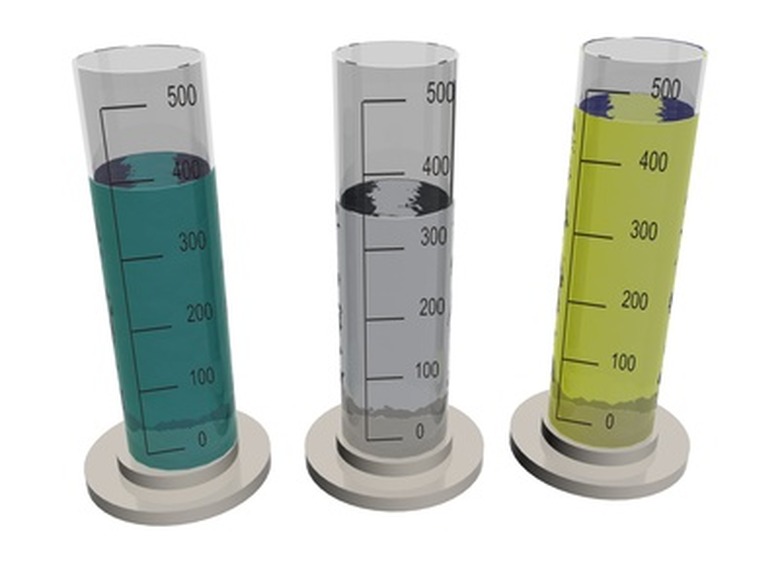How To Make Your Own Science Lab
For serious science geeks, having an at-home lab can be a dream come true. Creating a space for experimentation is easier than you may think. With a bit of advance planning and an eye for safety, an amateur science lab can be created in a spare room, a backyard shed, or even in the garage. Take into consideration the type of science you will be exploring before setting up your space. A biology enthusiast, for example, will need a very different sort of lab than a mad chemist.
Step 1
Find a good space for your new lab. You will want a well-lit space with adequate ventilation. Depending on the sort of experiments you will be doing, having electrical outlets nearby may also be a necessity. Make sure that you have enough space to perform your experiments safely. Consider the substances you will be using before setting up a lab over a carpeted floor. Having a lab near spaces used for food preparation or eating is not recommended. If you have pets or small children, the safety of your space becomes all the more important.
Step 2
Secure adequate storage space for your equipment. The type of storage space you need will depend heavily on the chemicals and compounds you are using. For example, if you will be using flammable chemicals, you will need to store them in a cool space away from electrical outlets. Some chemicals or organic substances may be sensitive to heat and light. Additionally, all materials will need to be stored in air-tight, chemical-resistant containers. This will not only prevent human exposure to dangerous chemicals, but will also keep your stock from becoming contaminated.
Step 3
Purchase your equipment. Basic lab equipment includes, but is not limited to: safety goggles, fire extinguisher, gloves, petri dishes, flasks and beakers, alcohol burner, pipets, funnels, thermometer, tongs, and chemical spoons. Most cities will have a lab equipment store, particularly if there is a university nearby. If there is not such a store in your location, there are many wholesale equipment suppliers online.
Step 4
Set up a good filing system. A good scientist keeps clear, organized notes of their procedures and results. Use labels and colored pens to date samples. Create a detailed journal, either by hand or with your computer.
Things Needed
- Appropriate work area
- Safety equipment (fire extinguisher, goggles, etc.)
- Lab equipment (see step 3 for suggestions)
- Notebooks or personal computer
Warning
Some chemicals can pose serious health risks. Make sure you are familiar with proper science safety methods.
Cite This Article
MLA
Cartwright, Marie. "How To Make Your Own Science Lab" sciencing.com, https://www.sciencing.com/make-own-science-lab-7377922/. 24 April 2017.
APA
Cartwright, Marie. (2017, April 24). How To Make Your Own Science Lab. sciencing.com. Retrieved from https://www.sciencing.com/make-own-science-lab-7377922/
Chicago
Cartwright, Marie. How To Make Your Own Science Lab last modified August 30, 2022. https://www.sciencing.com/make-own-science-lab-7377922/
